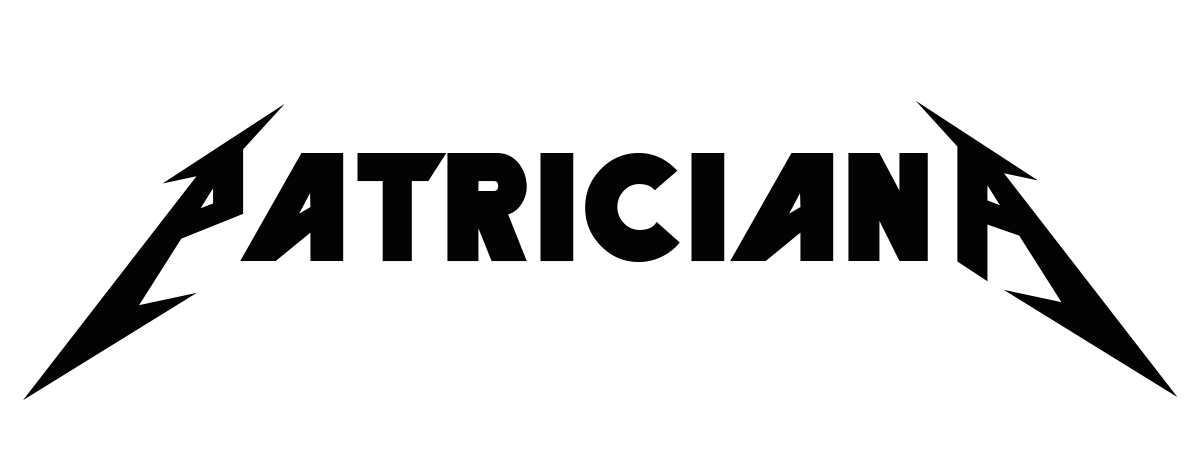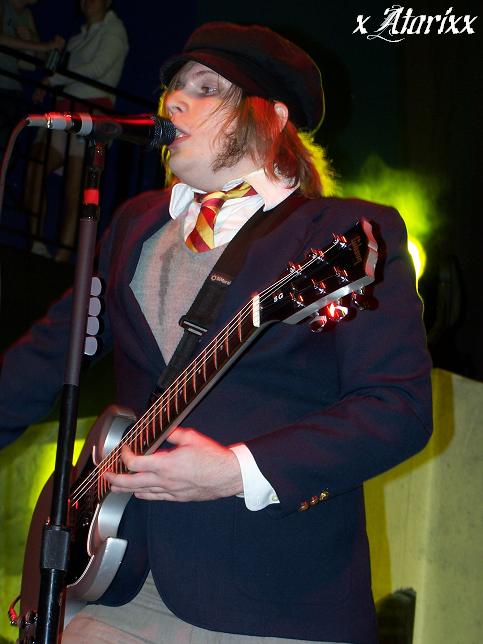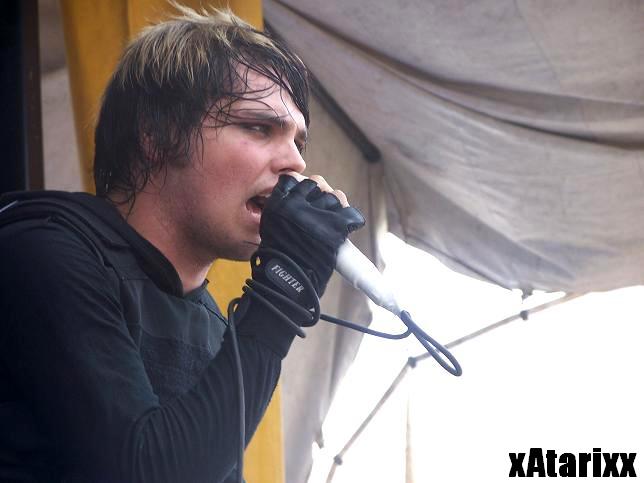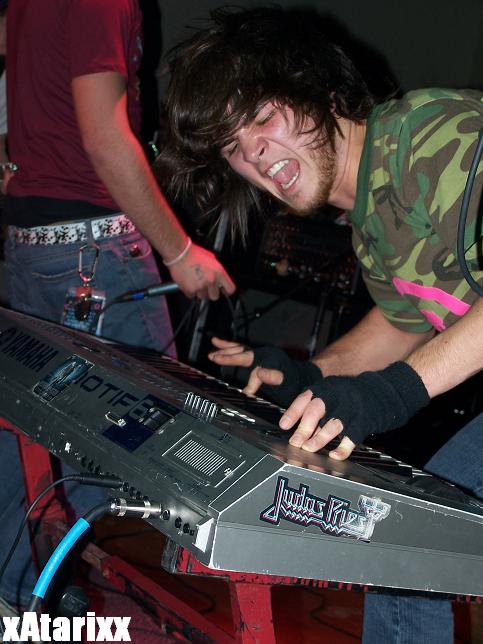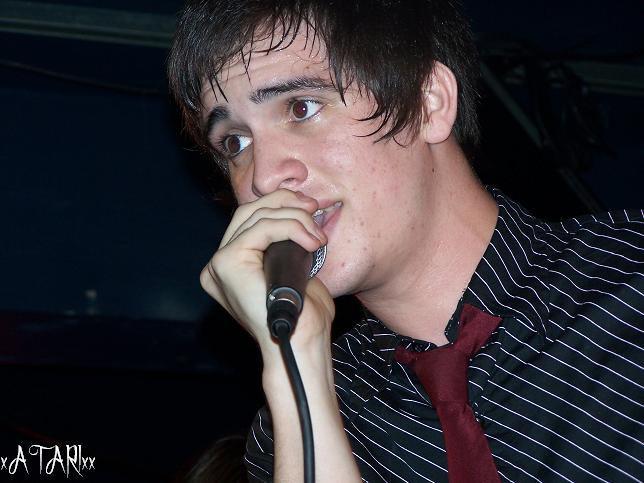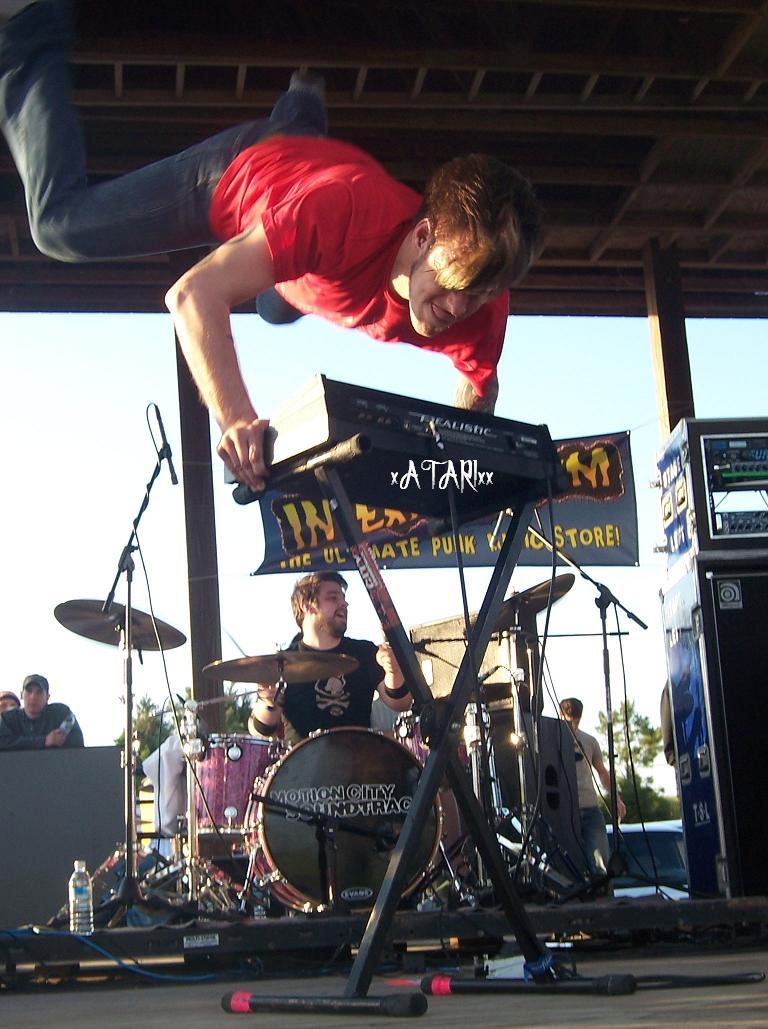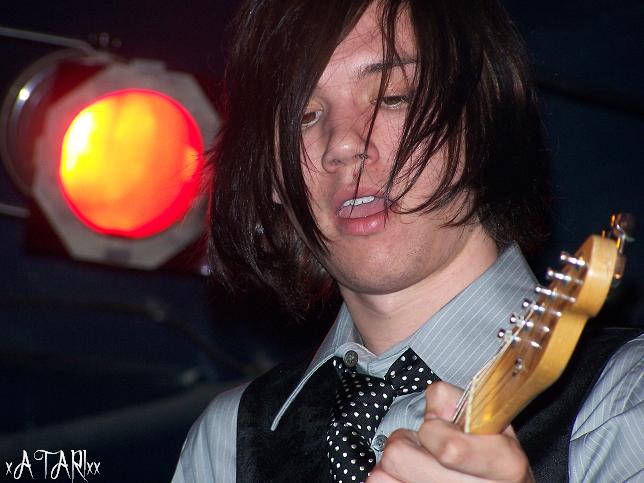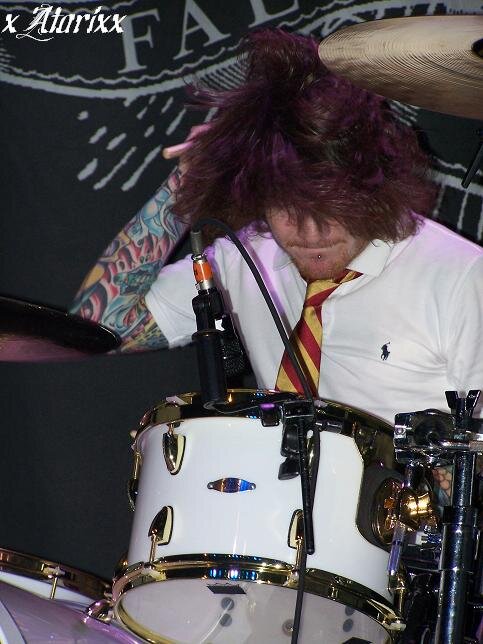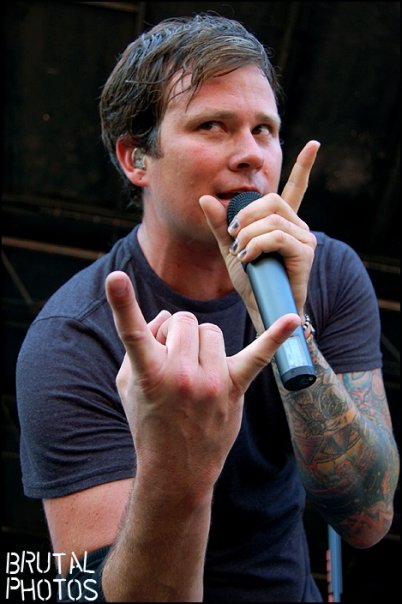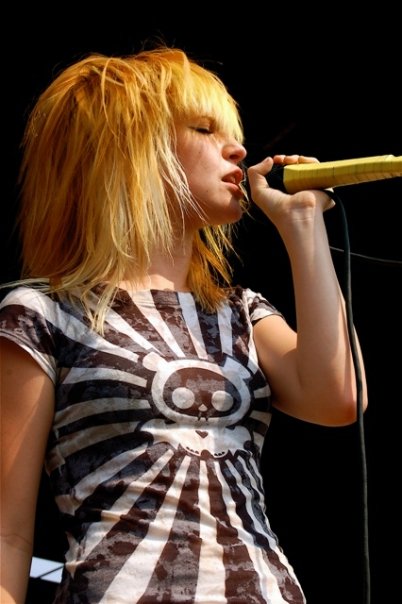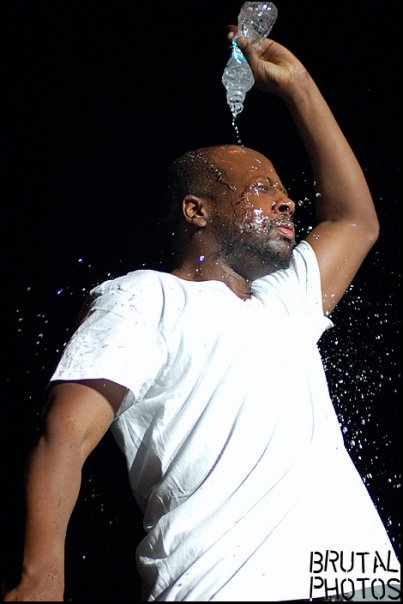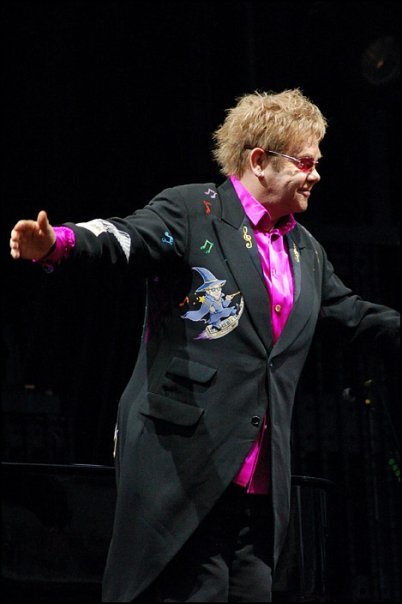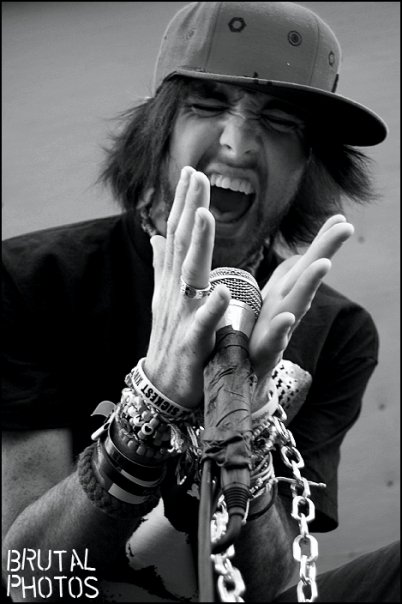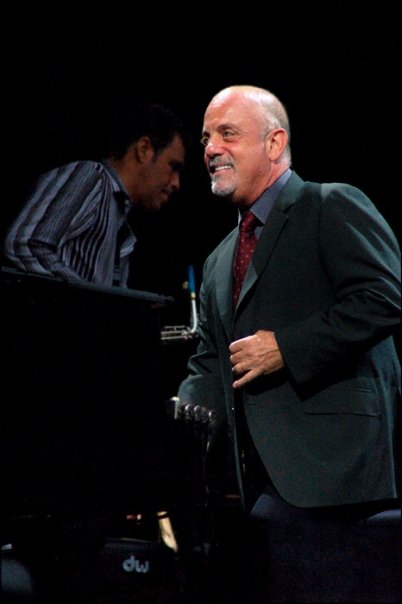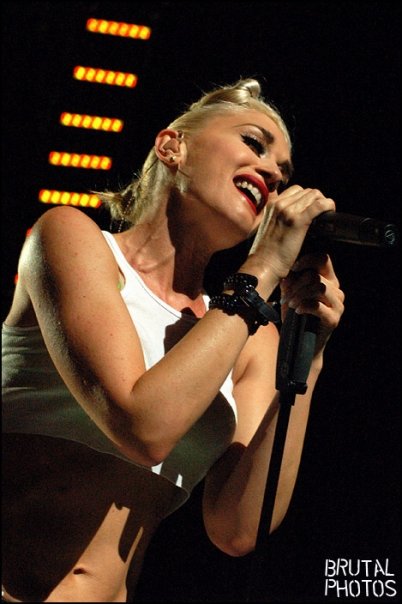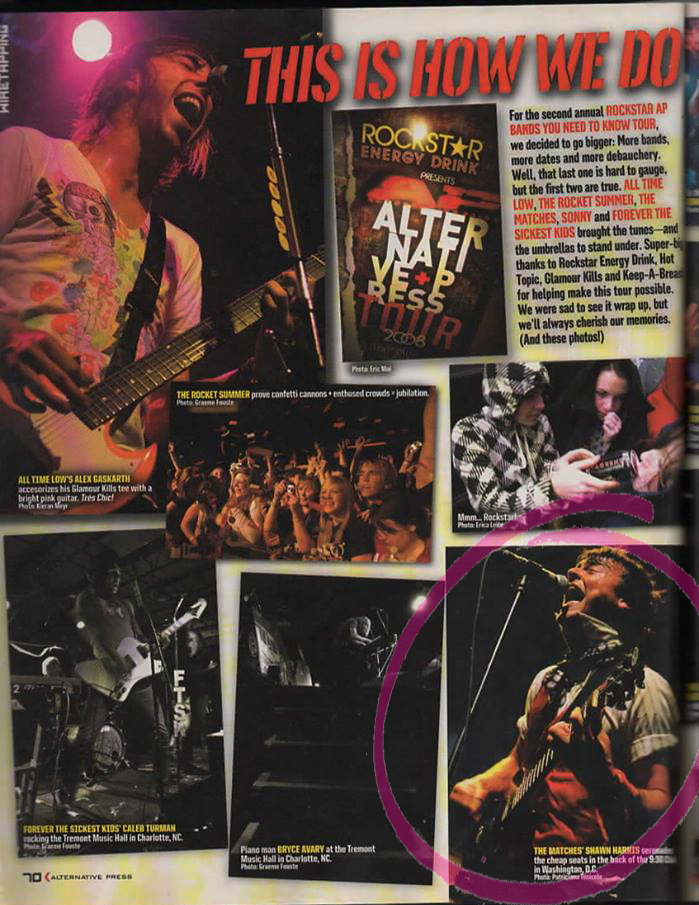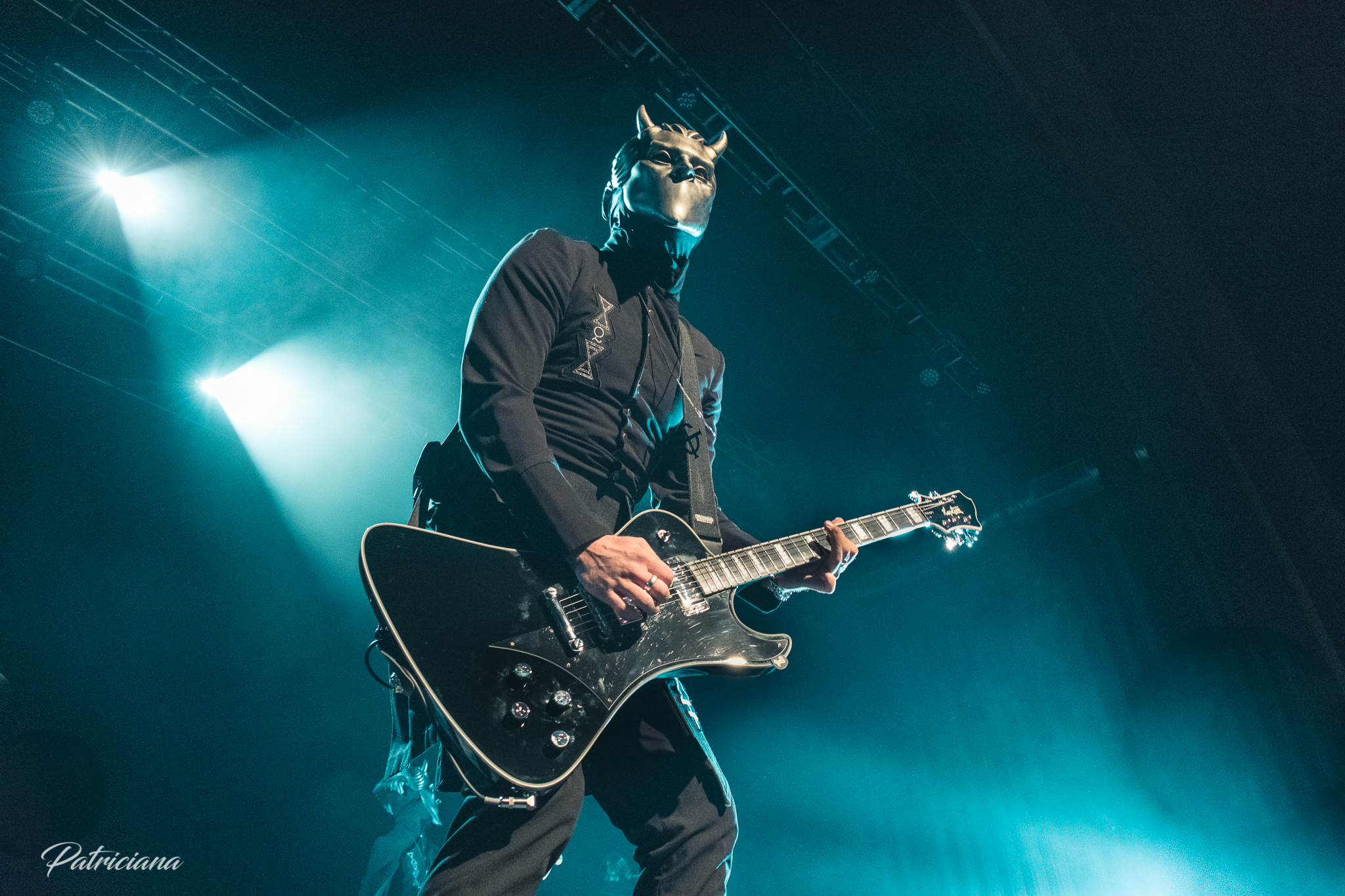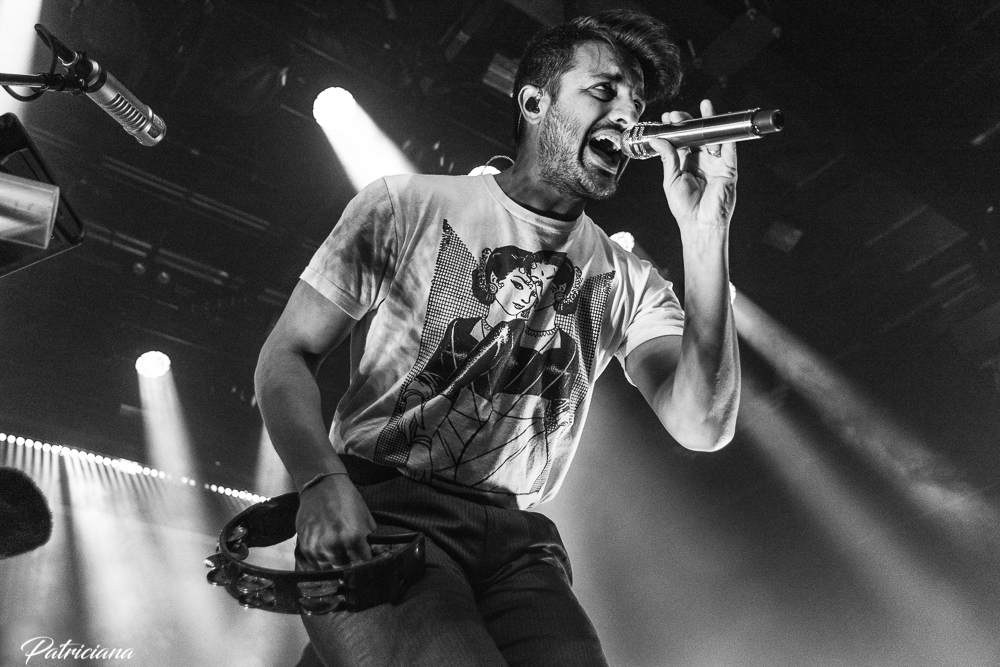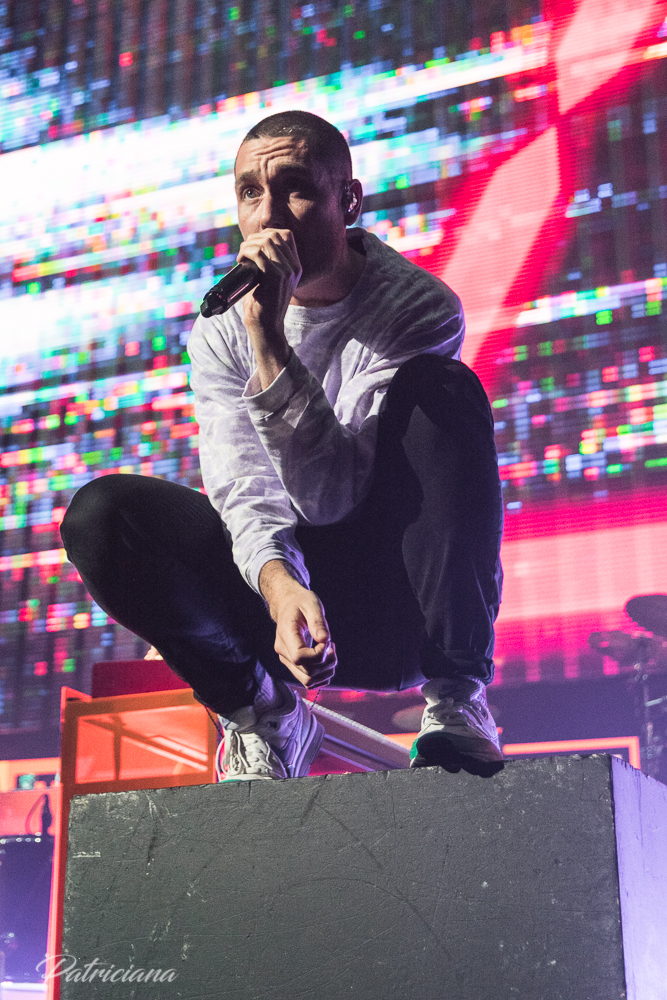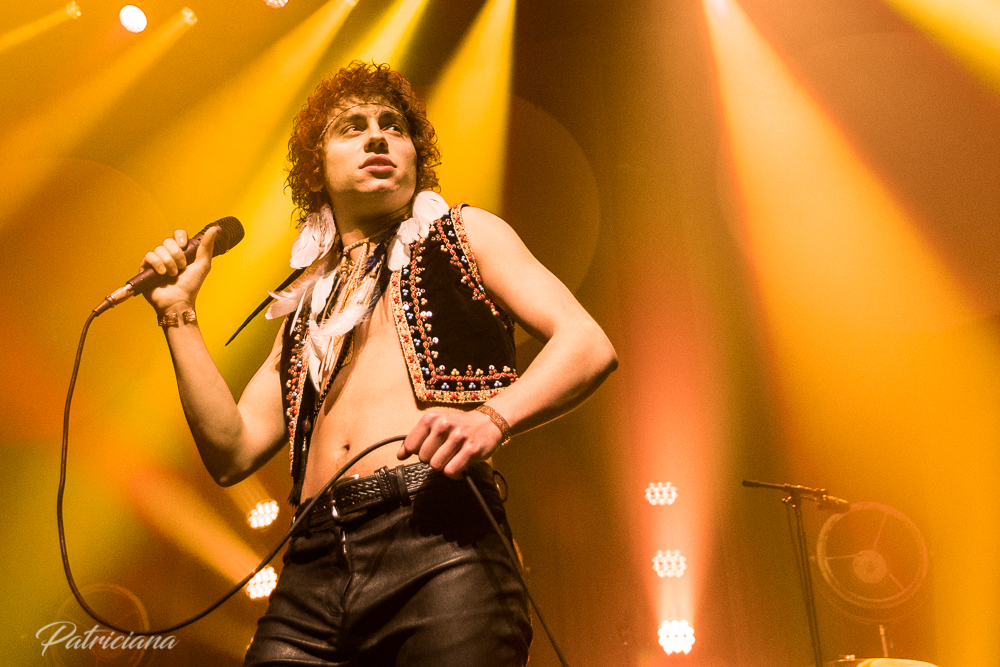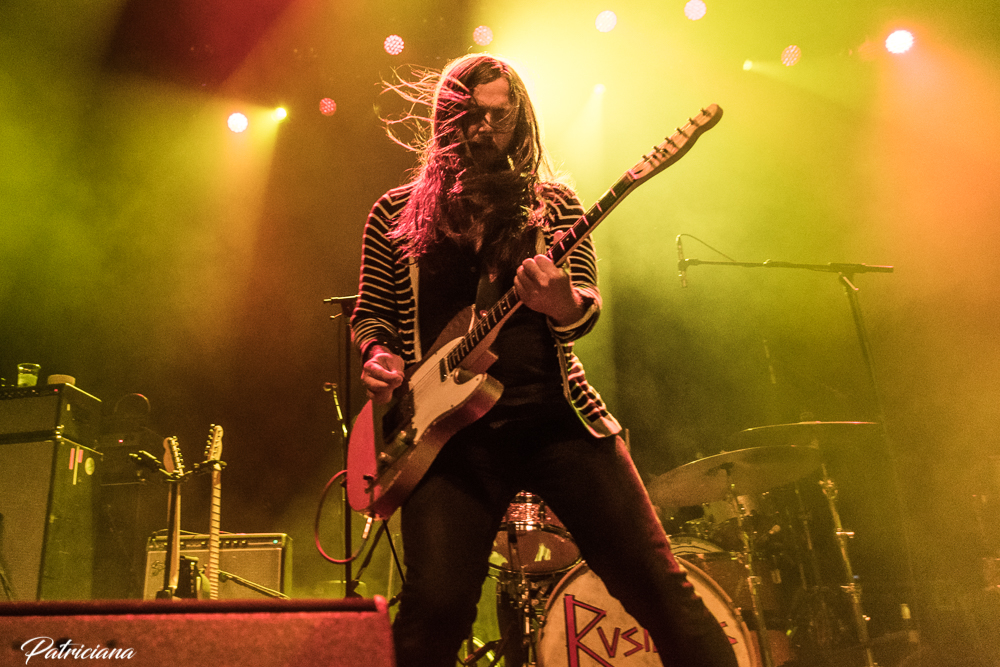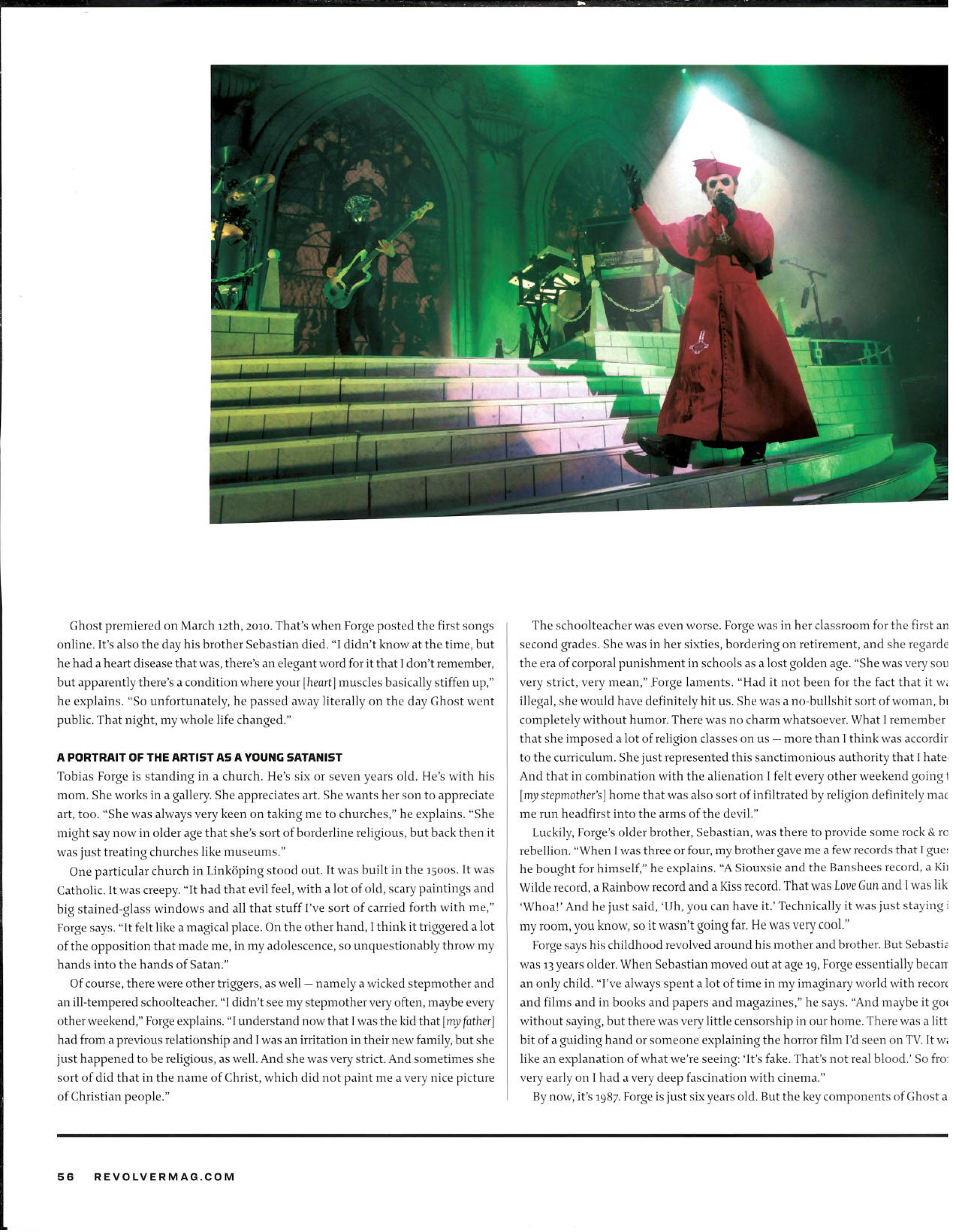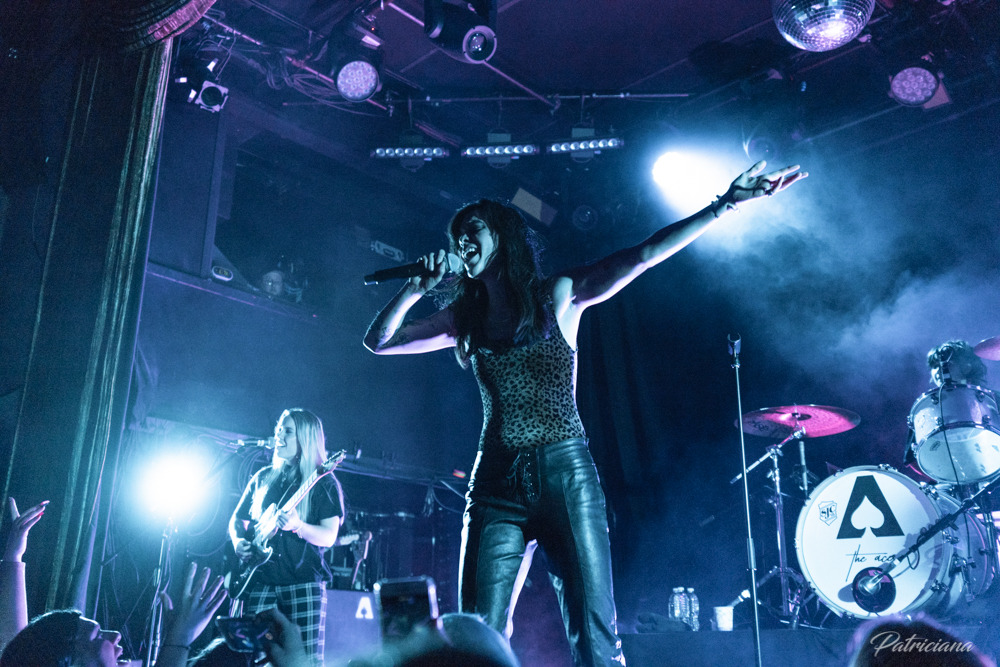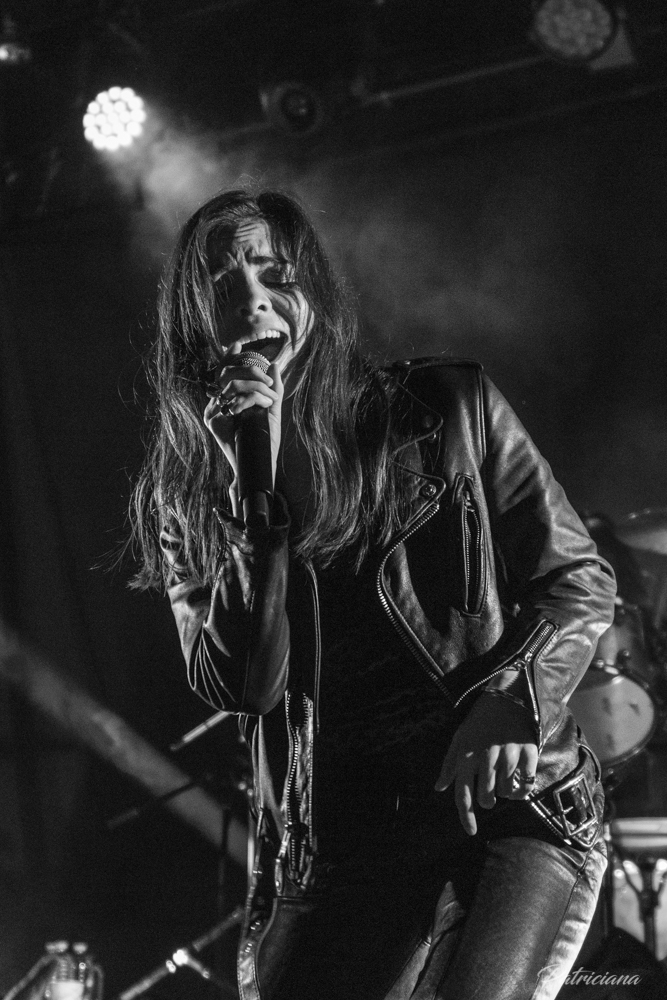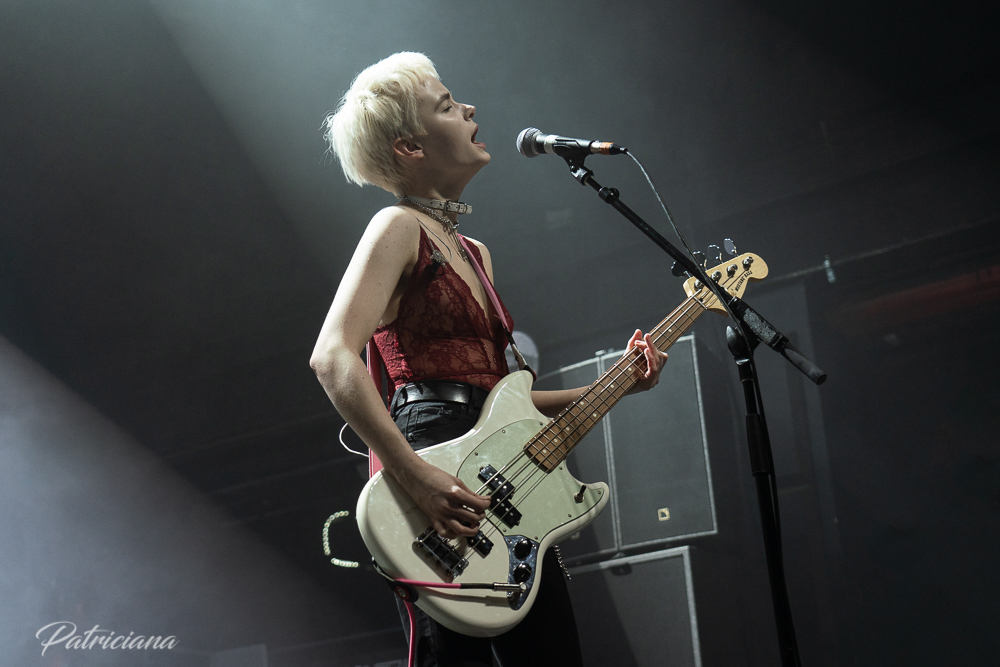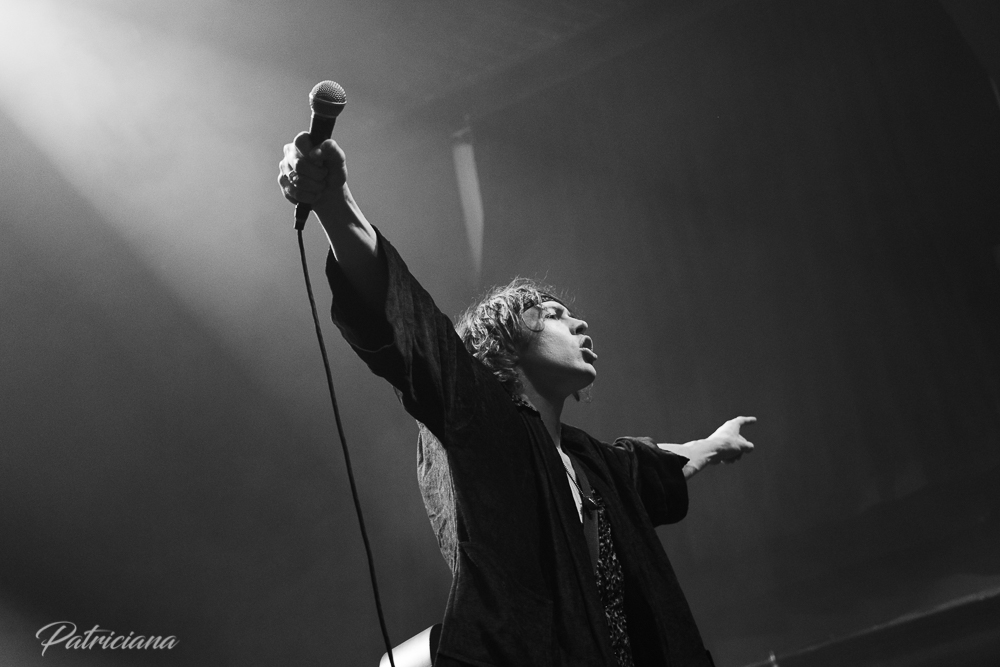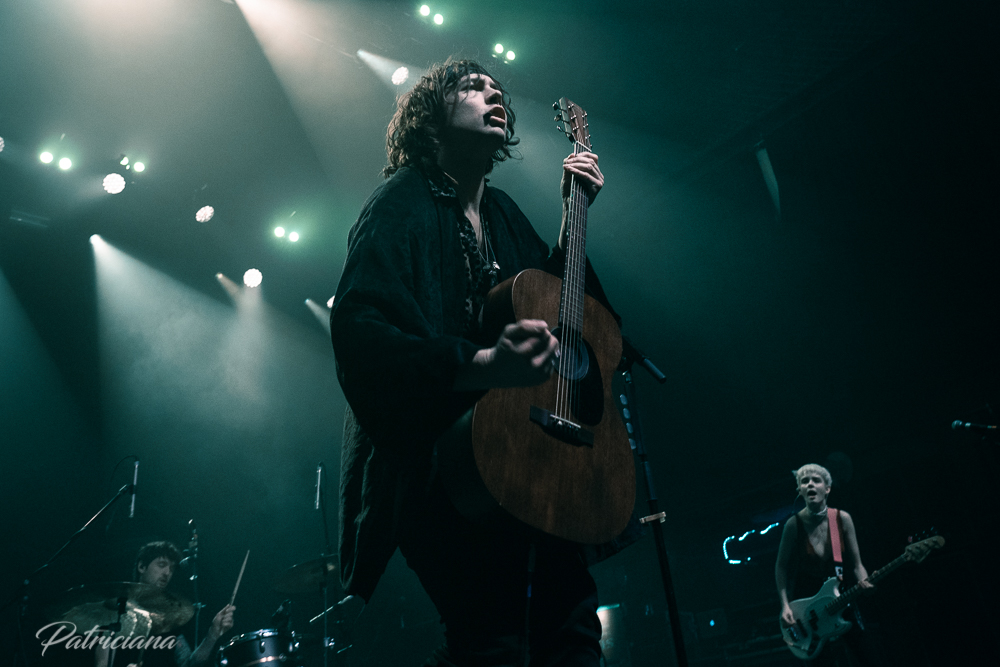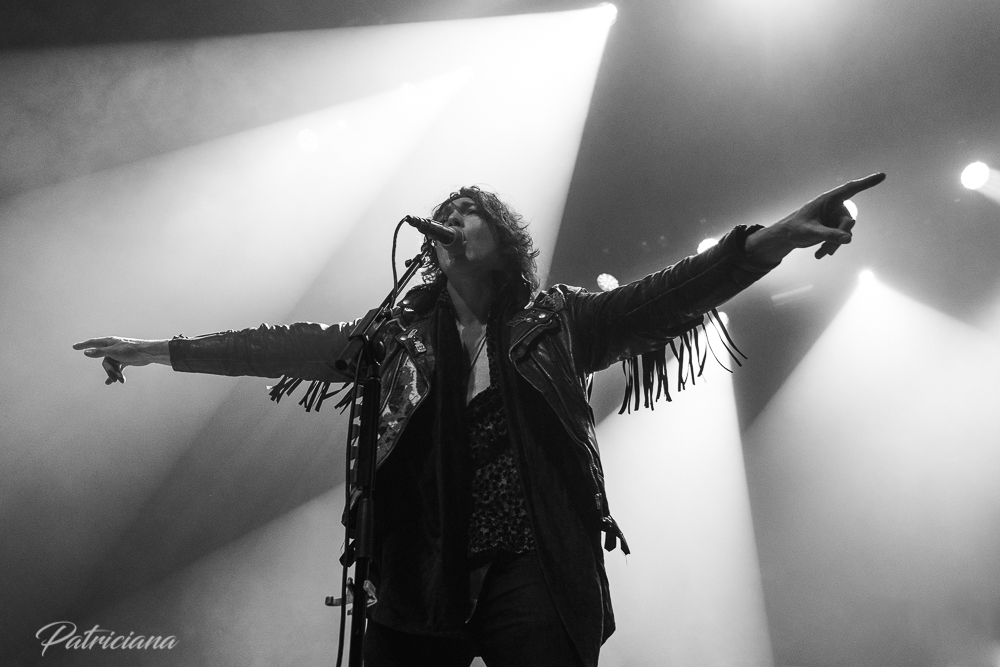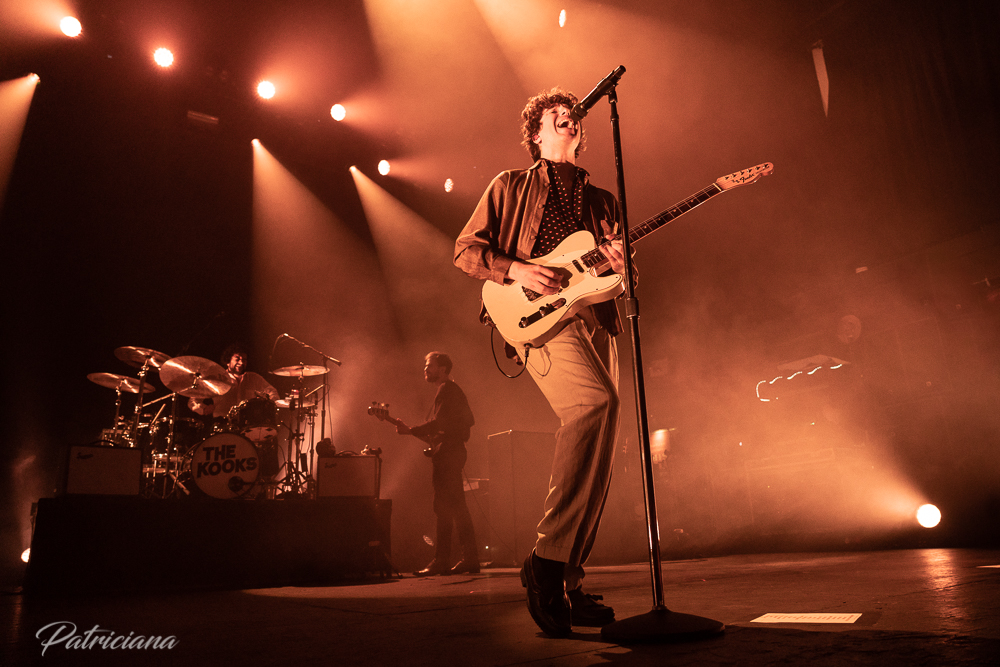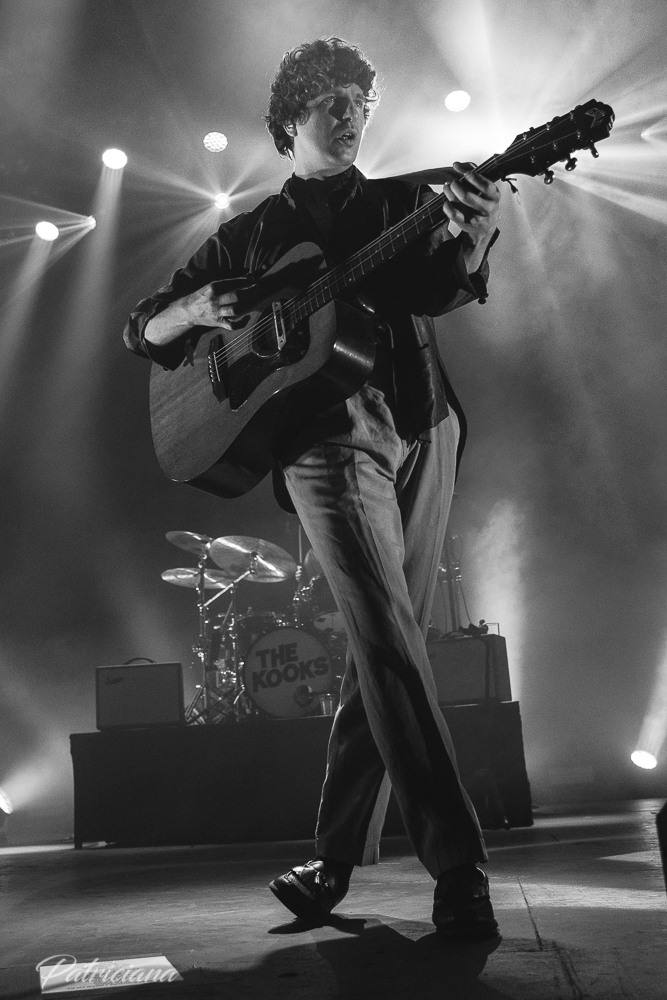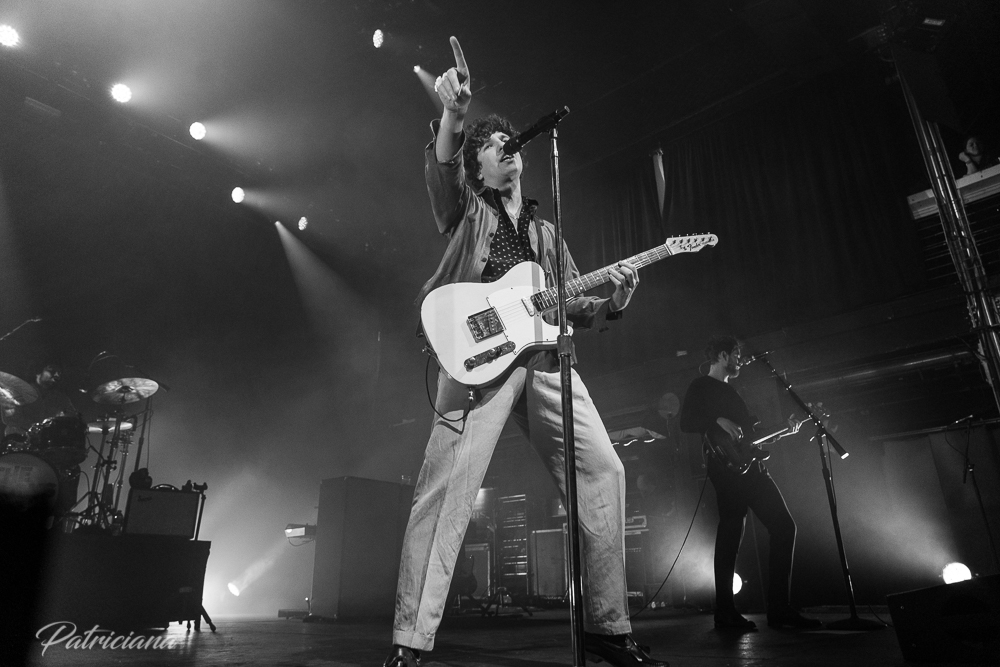My Photography Journey
My first Camera & Photo Pass
The first camera I ever used was my moms Kodak Easyshare point and shoot. This was before every cell phone had a camera and if they did, it was horrible quality. I used the camera on auto and that often, if not always, resulted in the flash going off. Some of the shows I remember from these early days are Panic! at the Disco, Scary Kids Scaring Kids and Greeley Estates. I have no idea what happened to most of these photos because back then I was on some sort of windows PC with no backup hard drive editing my photos in Microsoft paint. By editing I mean cropping and adding a tag, I did nothing more than that at the time. During this era, a lot of photographers had cool names they went by and I was straight edge and loved video games so I went with ‘xAtarixx’ …I’m embarrassed just thinking about it. I was not in the photo pit and most of the venues I was going to didn’t even have one. The benefit of a point and shoot camera is you don’t need a photo pass and can shoot the entire show. I was able to take photos from the crowd or right up against the stage in most cases. I remember capturing a shot of the singer of Silent Film, a local Maryland pop-punk band, mid-air. From that moment on I was determined to capture these sort of moments. Because I was shooting on auto, I had to know exactly when to press the shutter and take the shot. I didn’t shoot in burst so I only had one chance to capture the moment.
The very first photo pass I ever got was for the 3rd annual Nintendo Fusion Tour. Ironically, I sold my Nintendo DS to purchase my first DSLR camera, the Nikon D50. The tour had a stop at the 930 club in DC on October 6th, 2005, and I got a photo pass through Tom Cheney of Idobi to shoot for his website. Fall Out Boy was the headliner and The Starting Line, Motion City Soundtrack, Boys Night Out and Panic! At the Disco were openers on the tour. This was the first time I ever heard the “first 3 songs, no flash” rule. I actually did use flash because I didn’t know how to turn it off, but I didn’t get thrown out of the photo pit. What survived from that show are a few really terrible photos and the beginning of my journey as a concert photographer.
Brutal Photos on the Nikon D50
Despite having read the entire manual front to back, I still didn’t fully grasp how to properly use the camera. One night at a show at The Ottobar, I met a really nice photographer who took my camera and changed the settings for me. I was told to leave it in manual mode and when looking through the viewfinder I would see a scale showing whether I was over or under exposed. He told me to use the back wheel and try to get it as close to the center as possible. This is how I shot for quite some time before forcing myself to actually learn what I was doing. All of my editing was done in Photoshop after taking a class on it in college and learning how to manipulate hue/saturation, brightness/contrast and exposure. At this point, I changed my tag to ‘Brutal Photos’ because everyone used adjectives to describe themselves on Myspace.
My mom and I had started a local events and promotions company called Musicbox and I was able to get photo passes in exchange for posting the galleries on our website. I even managed to have a few of my photos from the AP Tour published in AP Magazine. Fortunately they were printed very small, because I was still shooting in JPEG. This was the first time I was paid for my photographs, and it was so exciting to see them in physical form. I shot for years with this camera at festivals and large scale venues in the DC/Maryland/Virginia area. It’s incredible to think I was a teenager with the Nikon D50 and kit lens, photographing artists like Elton John, Coldplay and the Jonas Brothers.
Shooting RAW
I moved to New York in 2011 and didn’t shoot shows for the next 6 years. I was getting acclimated to a new city, working full time in post-production and didn’t have the resources to buy a new camera. I had decided if I did shoot shows again, it wasn’t going to be with my Nikon D50. While I had shot some amazing shows with that camera, I refused to re-enter the photo pit with the same entry level DSLR I used as a teenager. I also decided to drop the moniker and start using my name instead.
In 2017 I purchased a Nikon D3400 camera and shot 5 shows with the kit lens it came with. I wanted to make sure before I invested in a full frame body or new lenses, that shooting shows was something I really wanted to do again. A coworker of mine also encouraged me to shoot RAW and taught me the basics of Lightroom. I got mediocre results mostly, but it reinvigorated my passion for concert photography. The following year, I shot 5 more shows with that lens before upgrading to the Sigma 17-50mm f/2.8. The first show I used this new lens at was Paramore at Barclays Center, and I was so happy with the results I was getting. Throughout 2018, I shot a total of 20 shows for Stars and Scars, VZN and The Pop Break. I even had another photo printed, this time it was a half page in Revolver magazine’s feature about the band Ghost. Now I was convinced, this was something I would definitely not be giving up on anytime soon.
The last show I shot of 2018 was the 92.3 Not So Silent Night festival at Barclays Center featuring Muse, Bastille and Florence and the Machine. While I got photos that I loved, I felt like I was limited by my equipment. I decided if I was going to be shooting big shows professionally, I should have the equipment to match.
Going Mirrorless
Upgrading from a Nikon APS-C crop sensor camera to a full frame model was my goal going into 2019. My original plan was to upgrade to the Nikon D750, a natural progression for me being a lifelong Nikon user. However, I had the opportunity to shoot with the Sony A7Riii mirrorless. If going from crop sensor to full-frame is akin to taking off the training wheels, then going from DSLR to Mirrorless would be like going from riding a bike to driving a race car. The extensive menu system was intimidating and I wasn’t familiar with the buttons and controls of Sony. I knew that utilizing the best of the best would really propel me forward and although it would be a challenge to learn this new system, the benefits would far outweigh the cons. I watched countless youtube videos (FroKnowsPhoto), read several articles from other concert photographers who had shot with Sony mirrorless cameras (Matty Vogel and Adam Elmakias), and spent hours going through every setting in the menu. I highly suggest checking out this video by PhotonArmy where he goes through every single setting in the menu and explains what it does.
Once I had everything set up to the best of my abilities, it was time to take this camera for a test run. I got approved for two shows the same week, The Aces at Bowery Ballroom and Barns Courtney at Terminal 5. I decided I would take the Sony out to both shows and see what it could do in different venues and lighting situations.
First up was The Aces. Bowery Ballroom is a medium sized venue with no photo pit. Immediately I could feel the difference in weight compared to what I was used to, a full frame camera with a good zoom lens is much heavier. One thing I love that you can only get on a mirrorless camera is the electronic viewfinder. You can turn on a setting that allows you to see your exposure in real-time and I also loved being able to review photos in the viewfinder. My biggest concern was battery life and memory card space but at the end of the night I hadn’t used nearly as much as I anticipated. Next was Barns Courtney opening for The Kooks at Terminal 5, a much larger venue with a spacious photo pit area. I met a super nice guy in the photo pit also shooting with the Sony A7Riii, who has his own blog Early Bird Music. We talked about things we loved and found frustrating about the camera. Overall, I am looking forward to really getting to know this camera and system extensively.
Not only has my equipment advanced over the years, but my knowledge and understanding of it has as well. My shooting and editing style has also changed dramatically. When I first started, I shot almost exclusively vertical and preferred things to look as close to reality as possible. I was aiming for really good portraits as opposed to doing anything creative or unique. Now, I shoot a lot more horizontal images and do way more creative editing. Looking back, it’s crazy to think my first real photo pass was at a Fall Out Boy show when I was 16 years old. I look forward to someday shooting them again and being able to put those photos side by side and see how far I’ve come.
To anyone just starting out, my advice would be to shoot any shows you can. Don’t worry about photo passes or equipment. Just go out and shoot local bands playing basement shows. Get used to taking photos of fast moving subjects in difficult lighting and figure out your own shooting and editing style. Make connections with as many people as you can, merch people, venue staff, other photographers etc. Teach yourself about the technical aspects of photography and be patient with yourself, it will take time and practice. Remember, everyone started somewhere.
